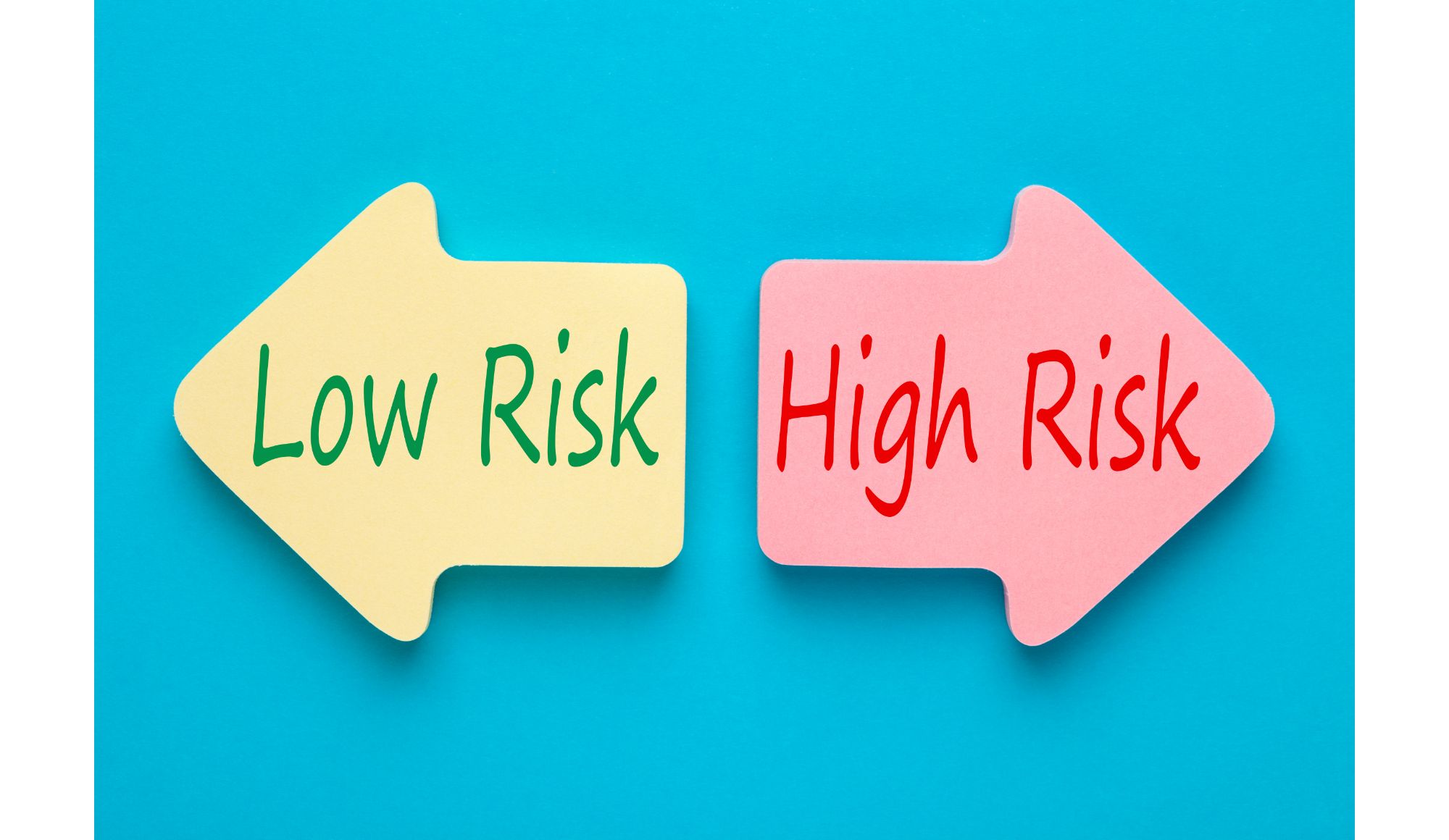Buffett Sell-to-Buy Ratio Reveals Terrifying Omen
Some of the old adages from the Oracle of Omaha, Warren Buffett, include “Buy for the long-term”, “You can’t time the market” and “Never bet against America.”
With that backdrop, Buffett’s latest moves – or at least those of Buffett and his lieutenants – should create shock waves across the investment community. In his holding company, Berkshire Hathaway’s latest 13F filing, a shocking sell-to-buy ratio was revealed.
How Bad Is It?
Usually when you scrutinize a 13F filing for a massive money manager like Berkshire, you will see a handful of buys and sells. Overvalued stocks are pruned and undervalued ones are scooped up.
It’s often a mish-mash of buys and sells where a relatively equal amount of stock is bought versus sold. The most recent quarter reveals a transaction history that says more about the views on market valuations held by Berkshire’s investment team than anything they could discuss in a public interview.
Specifically, the latest filings reveal that Berkshire sold almost $9 billion worth of stock while buying a little north of $150 million worth of stock.
The Sell-to-Buy ratio was around 56x.
Stocks that were unloaded include Ally Financial, Kroger, Taiwan Semiconductor, McKesson and Bank of New York Mellon.
The few names that made it onto the Buy list include old favorite Apple as well as Louisiana Pacific and Paramount Global.
We have had our eye on Paramount for a while now and it’s no surprise Buffett spotted the valuation opportunity; even after a run-up it’s still 17% undervalued by our calculations.
And if that seems like Paramount is a deal, Louisiana Pacific is downright compelling. It’s got as much as 33% upside to $86.70 according to our math after running a discounted cash flow forecast analysis. It’s worth noting that we place fair value far above where the market currently sits with analysts consensus at just $65.40 per share.
The case for buying Apple at this level is less clear or compelling to us. We see fair value closer to $143 per share, which would represent downside risk of about 5% currently.
What Does It Mean For The Market?
For the market, the sell-to-buy ratio suggests Buffett and his team believe there is little value in the market right now. The Sage of Omaha is happy to sit in cash until valuations are attractive. He’ll patiently wait while the market passes through its euphoria phase.
While he claims he cannot time the market, Buffett has an extraordinary ability to buy close to market lows. For example, in 2008-09 he made massive bets within weeks of the market bottom. Of course it’s no surprise that when companies are fundamentally undervalued by a large margin that usually coincides with market lows.
The refusal to buy shares at this time, though, and the decision to sell en-masse is as revealing about Buffett’s views on market valuations now as his decision was to spend $15 billion in the space of a few weeks during the Great Recession lows about 15 years ago.
The takeaway is clear: market risk is high.
Of course there are many reasons risk is elevated but one that should not be ignored is probably evident all around you. Savings rates on bank accounts and yields on certificates of deposit have risen to the point where they are competing with equity investments. Why risk your money in the stock market when you could lock in 4% in a relatively risk-free CD?
As competition for capital grows, equity markets will lose out. And the more the Federal Reserve hikes rates, the more the competition increases, and the greater the risk to share prices.



